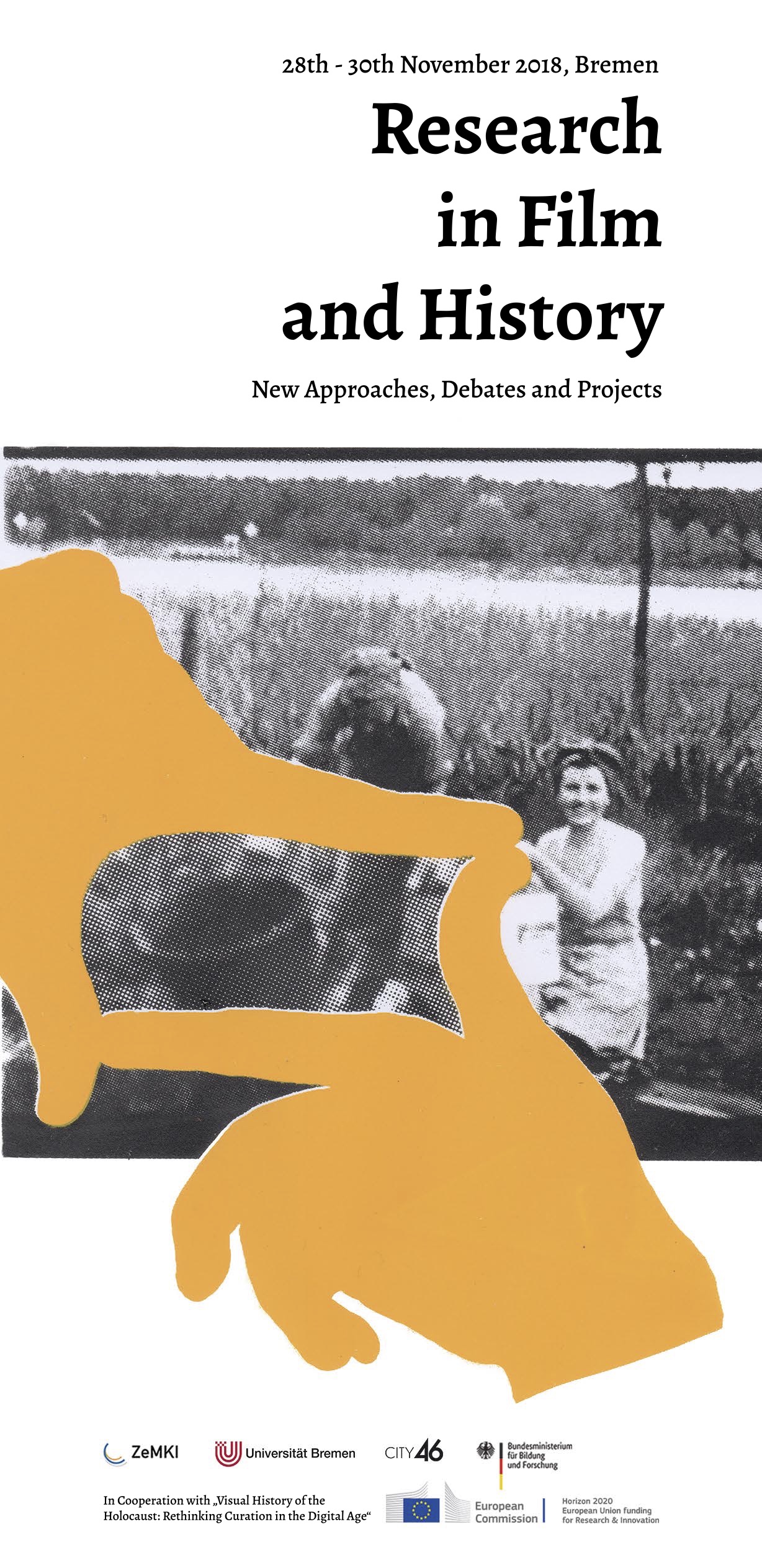Nothing has had a bigger and more enduring impact on the visualization of the Holocaust than film documents from the concentration camps recorded just subsequent to their liberation by Allied troops: the mountains of shoes, glasses and hair from the victims at Auschwitz, the pieces of tattooed human skin collected from the killed inmates at Buchenwald, the emaciated bodies of the dead being pushed into mass graves by a bulldozer in Bergen-Belsen. Revealed to the public-at-large in newsreels, re-education movies like “Death Mills” (1945) and pioneering film essays like “Nuit et brouillard” (1955), these iconic images today can primarily be viewed at memorials and museums while they left their traces all over in popular culture. Their key role in the attempt to visualize a crime that a broad consensus agrees goes beyond the limits of the imaginable and representable is still strangely disproportionate to the lack of awareness of how, where, when, why and by whom these images were captured, used and reused and what they actually reveal of the Holocaust. In the film industry “footage” is the term used to describe uncut film recordings which form the raw material for the finished motion picture. This panel presents new digital approaches to the study of liberation footage.
Liberation Footage and the Visualization of the Holocaust
Joint panel at the conference "Research in Film and History: New Approaches, Debates and Projects"
This panel discusses new digital approaches and a project to collect, explore, and (re-)contextualize liberation footage at a highly critical intersection between film and history.

